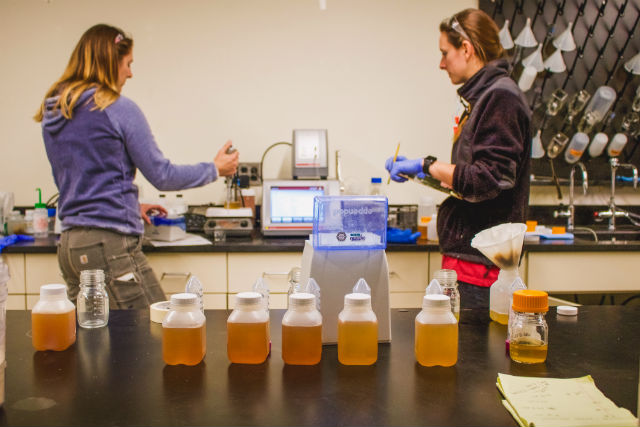
Around five years ago, Nick Bigham was hired on as an intern at Rahr & Sons Brewing. Armed with a Biochemistry degree from Texas Christian University, Bigham looked around at the less than decade old brewery in Fort Worth and saw an opportunity
“They didn’t have anything resembling a lab,” he recalled, noting that after getting a feel for the place, he was hired as a full-time Laboratory Manager. That’s when building a lab began.
“I was sent to the San Diego Siebel class and I started developing my program from there,” he said. “The Seibel class really got me introduced to what we need at the beginning of the lab in a brewery.”
The brewery’s lab has advanced since, starting out with a microscope, a water bath, sink, desk, computer, a pH meter, stir plate and a pressure cooker.
“That was the basics and that’s pretty affordable for a basic lab startup,” he said.
Using websites like BioSurplus, eBay, Amazon and Cynmar to accumulate equipment throughout the years the now almost 15-year-old brewery has upped its quality and consistency thanks to Bigham, his team and the equipment available.
In that first year, Bigham secured an Anton Paar DMA 35 for testing purposes.
“Yes that’s needed for the lab but I think it’s also needed for brewers,” he pointed out. “The brewers can use it on the brewhouse and then we use it in our lab for our daily testing for fermentation analysis.”
Bigham added the DMA is a great purchase because it provides consistency with all batches and both lab techs and brewers can know if the yeast is healthy.
The boost in need for that quality seems to be evermore paramount for breweries as competition increases and having the best product out there will be the difference between a consumer’s’ first purchase and repeat purchases.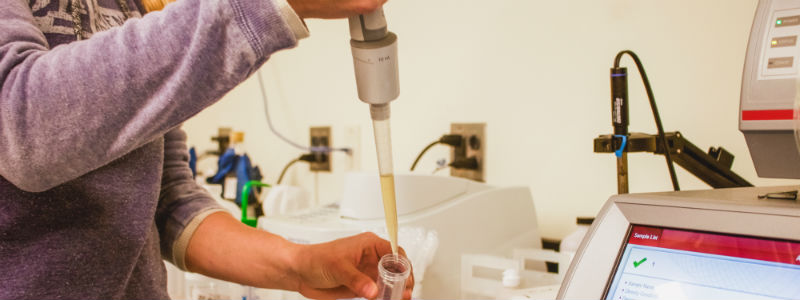
“At the end of the day and at the end of this huge boom, what products are going to succeed and be in the market and have consumers going back to it?” Bigham said. “It’s consistency and it’s a product that they can rely on rather than a product that they had yesterday and it tasted great but today it’s not very good.
“[Consumers] are more inclined to go to the 50 other brands that are in their grocery store rather than yours if you let them down once. I do think it’s a very big reason why breweries will succeed and that’s probably why a lot of brewers are investing in [quality].”
That being said Bigham thinks investing in quality is something to be taken with a keen eye and not just throwing money at different pieces of equipment.
“Different breweries require different instruments and equipment because some breweries might have a state of the art brewhouse while others do not,” he noted. “Quality is great to invest in but make sure you’re investing in it properly.”
Bigham said the brewery is very fortunate to have the Rahrs behind quality assurance.
“They have really invested a lot in me and letting me grow the program as much as I can,” Bigham said, adding that the brewery hired an intern about two years after Bigham started and about a year later, hired a full-time second lab employee to focuses solely on micro analysis and daily reporting.
“She’s doing sampling of all the tanks, making sure every batch is clean from many micro contaminations,” Bigham explained. “We have grown from doing maybe a couple micro tests a week to about probably four to six per day. So it’s a pretty full-time job for the micro side. And it’s still traditional micro. We don’t have PCR. I have pluses and minuses on PCR and why we don’t have it.”
Before the hire, Rahr & Sons invested in an Anton Paar C-Box and PFD.
“That was probably the biggest upgrade to the lab as far as the instrumentation went because there’s a very very big investment — about $20,000 — plus an Alex 500 which is a rudimentary alcohol meter that’s about $10,000,” Bigham said. “That allowed us to start making sure batches are consistent for alcohol and calorie purposes and sugar content.”
21st Amendment began an expansion to its laboratory in January of 2018. The expansion has included cosmetic updates as well as the implementation of new equipment.
“We recently added a new pH meter, UV/Vis spectrophotometer, new microscope, CBox and PFD, and a benchtop DMA 4500 and alcolyzer,” said Quality Supervisor, Jocelyn Havel. “We also have a laminar flow hood that is about to be installed to better improve our micro program. We are also very excited to have a GC-MS being installed later this year.
“21st Amendment understands the never-ending drive to improve and maintain quality. This is evident in the investment being made to our quality lab and the quality program itself.”
Havel pointed out that to her, the best value when it comes to equipment would be the handheld DMA 35 for measuring gravity and the CBox for monitoring oxygen and CO2.
“They may seem like a relatively expensive purchase, especially for a smaller brewery, but they are extremely reliable and give very valuable data.”
NoDa Brewing has expanded its lab program significantly, said owner and brewer Todd Ford, adding a Chemical Hood, UV-Vis Spectrometer and a qPCR machine recently.
“[It’s] in order to provide our brewers with more information so they can make more consistent and better beer,” he said. “For beer spoilers we plate and use qPCR technology to confirm our product is safe for keg or can.”
Ford thinks the best values for a starting brewery lab would be an ATP meter, microscope plus Hemocytometer, and a pH meter.
“They are inexpensive and tell you a lot about your beer and your brewery’s sanitation,” he said. “After that I think that every packaging brewery should have a reliable dissolved O2 meter. Without this you are canning or bottling in the dark.”
Armin Tchami, Hangar 24’s Director of Brewing said that they get a lot of questions about their Nexcelom Cellometer.
“It’s a great asset and tool in determining yeast viability and vitality with great accuracy,” he said. “We harvest and pitch straight into the fermenter, rather than by weight or cone to cone. For our process, the Cellometer is essential to remove human error out of the equation.”
Packaging is hard and it’s hard to do it well,” added Anchor Brewing’s Scott Ungermann.
“In some sense it’s kind of just a necessary evil,” said the San Francisco brewery’s Brewmaster. “If everybody can drink the beer as fresh and beautiful as it is right out of the tank then that’s what they would do. That’s what we would do if we could. And some places can do that, but not everywhere. So you’ve got to put your beer in kegs, bottles and cans and get it out there and you’ve got the absolute maximum effort into doing that right and doing it right every time.”
Having a robust lab to support this kind of endeavor is really, really important, Ungermann pointed out. But one of the most key analytical things that he said any brewery should have is something that sometimes gets forgotten about.
“Simply having nice, clean glassware to taste your beer in every day,” he said, pointing out that a brewer should have a routine as well.
“What is tasted, when you taste, how you taste, because that tells you so much about what’s actually going on,” he said. “You can’t just run it by numbers. It’s actually a very sensory experience.
Ungermann thinks the true voice of quality has come out because there is so much competition.
“There are so many seat-of-the-pants operations who are not particularly advanced in their approach to quality,” he said. “I think beer drinkers will sniff that out. They want their beers to taste like what they expect it to taste. And that is OK when you’re trying a new beer that is new and different but it’s got to be good.
“There was an arms race for bitterness and hoppiness, and it really is still going on in a lot of ways. But I think that ultimately if you want people to enjoy your beers and you want people to have a connection with the brewery and respect the brewery for quality beers then you’ve got to put the effort into the quality and consistency.”



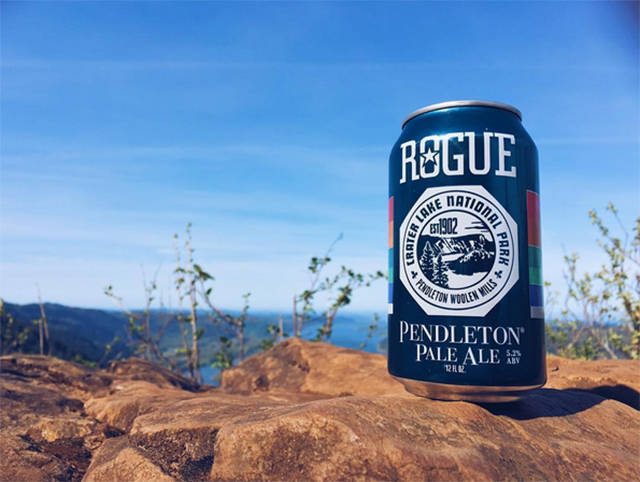
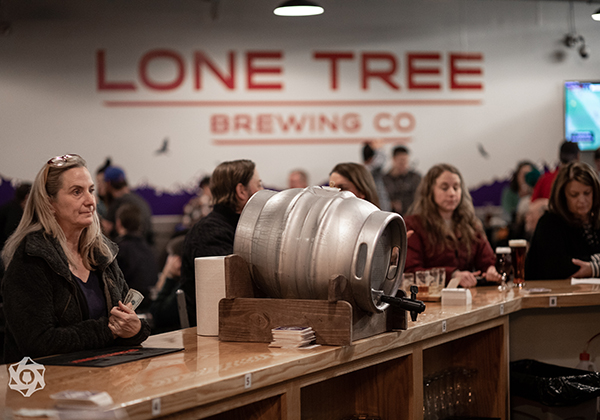
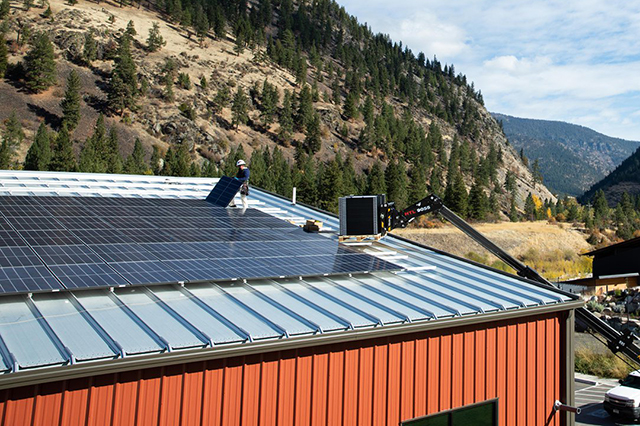
Be the first to comment